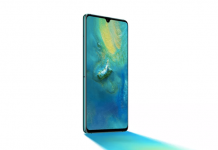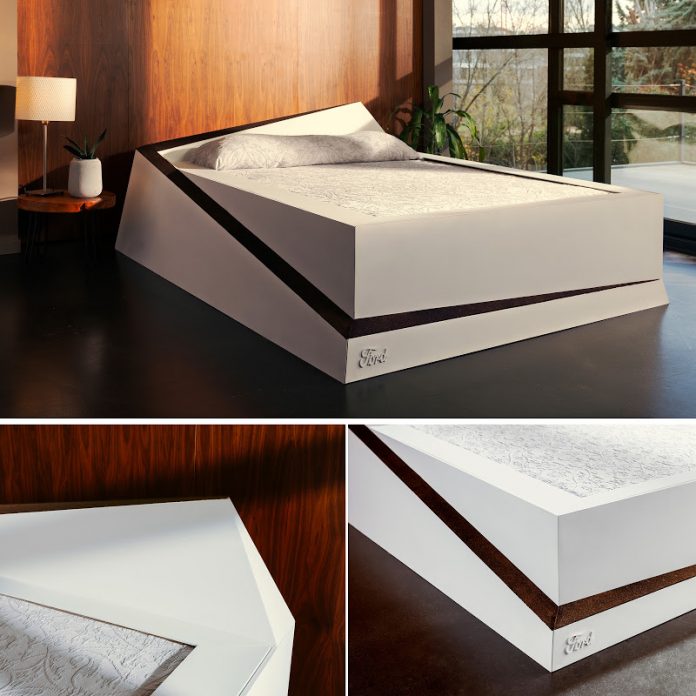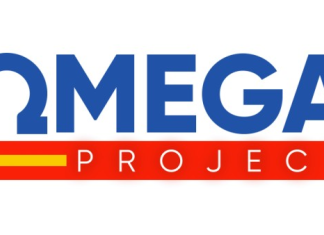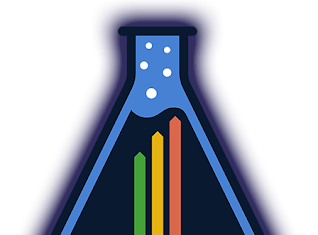Ford has announced a prototype for a “Lane-Keeping Bed”, a smart bed which gently rolls bed hoggers back onto their side. Based on Ford’s lane assistance technology, the new bed uses pressure sensors to identify when someone moves from their side of the bed and a conveyor belt to gently return them to where they should be.
The new prototype aims to solve one of the most common marital problems: difficulties sleeping together.
Some studies suggest up to 25% of those in a relationship sleep better alone – a preference which has led to the “sleep divorce” phenomenon where otherwise loving couples prefer to sleep in different beds.
The problem? Bed hogging.
Dr Neil Stanley, an independent sleep expert and author of How to Sleep Well, explains: “When sleeping together, many couples each have less space than a small child has in a single bed. Humans are most vulnerable when sleeping, so we’re programmed to wake when something or someone touches us unexpectedly. If someone moves onto your side of the bed this defence mechanism will kick in and you’ll have a broken night, often while they continue to sleep soundly. I’ve seen it ruin relationships.”
The new “Lane-Keeping Bed” prototype from Ford aims to solve precisely this problem by the creative application of a technology previously restricted to automotive use.
The Solution? Lane-Keeping Auto Technology
According to Ford Europe, “Lane-Keeping Aid is a Ford technology which monitors the road markings ahead and actively supports the driver to safely guide the vehicle back into the correct lane by “nudging” the steering wheel in the correct direction; this complements other camera-based systems that help drivers avoid inadvertently straying out of their lane.”
Applied to the new bed, the lane-keeping technology can help couples avoid unintentionally bumping into each other while sleeping.
Anthony Ireson, director of Marketing Communications at Ford Europe, says: “Lane-Keeping Aid in our cars can make driving easier and more comfortable. We thought that showing how similar thinking could be applied to a bed, would be a great way to highlight to drivers a technology that they might not previously have been aware of.”
This is not the first time Ford has applied auto technology to consumer products – in 2017 they launched the Max Motor Dreams, a baby crib that replicates car rides to help babies sleep faster, followed earlier last year by a noise-canceling dog kennel.
More information can be found at https://www.theverge.com/2019/2/13/18223829/ford-lane-keeping-bed-mattress-couples.





























